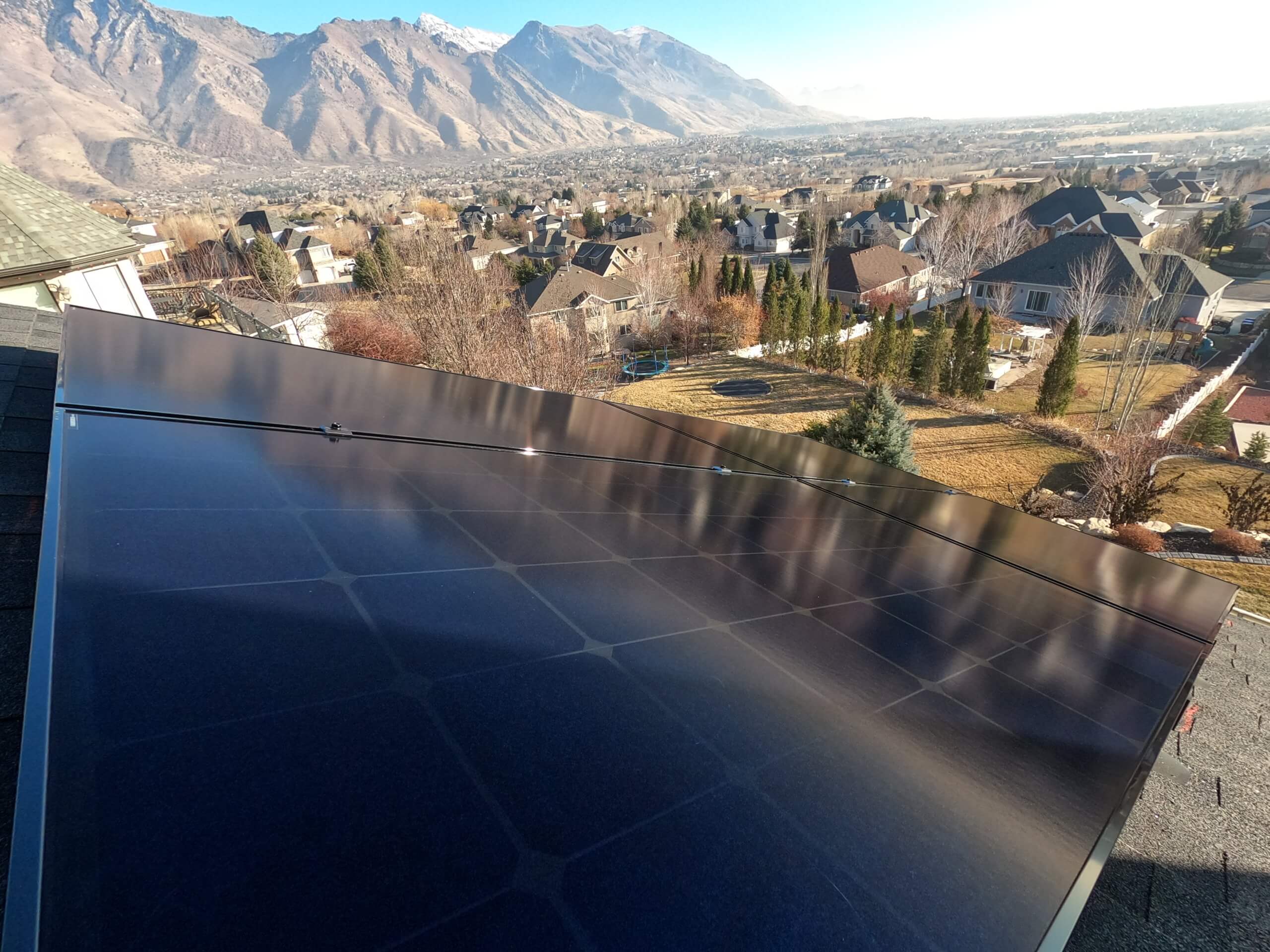The current solar panel program with Rocky Mountian power is referred to as “Electrical Service Schedule Number 137”. If you’re new to solar and want to better understand “Net Metering” here’s how it works.
When you install solar panels on your home you sign an agreement with Rocky Mountian Power (or your local electricity provider) that agreement allows you to sell the extra electricity you produce.
Installing solar panels doesn’t necessarily make you independent from the power company. When the sun is shining solar panels will typically produce all the power the home needs. When the sun goes down you will still need to use electricity from the power company.
Net metering will allow you to look at your electricity usage from a yearly perspective and install solar panels that will produce enough electricity when the sun is shinning to credit the power you use when the sun is not shinning.


